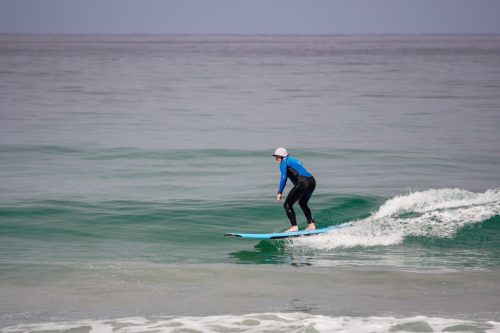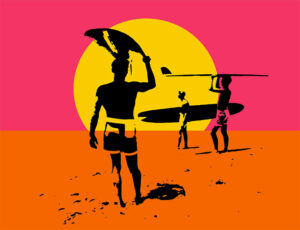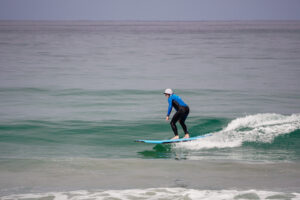The surf history is fascinating and captivating, attracting both the curious and surfers of all levels, from beginners to the most advanced.
From ancient times to the present day, surf history has played a significant role in human history. Its origins trace back to ancestral cultures inhabiting coastal regions worldwide. However, it is in the Pacific islands, particularly in Hawaii, where we find the deepest and richest roots of this practice.
For Polynesian peoples, surfing was much more than a sport – it was an integral part of their daily life and worldview. Known as “he’e nalu” in Hawaii, surfing was a sacred activity, permeated with spiritual meanings and rituals. The natives believed that the waves were gifts from the gods and that mastering them was a way to honor them.
Over time, surfing expanded beyond the Pacific islands, spreading to other coastal regions of Polynesia and South America. Each culture added its own interpretation and style to the sport, enriching it with its local traditions. Thus, surfing became a true expression of cultural diversity and human connection with the ocean.
However, it was only during the 20th century that surfing began to gain global popularity. With the advent of tourism and the development of the entertainment industry, surfing became an activity accessible to a wide range of people worldwide. The 1960s and 70s, in particular, marked a golden era of surfing, with the emergence of icons like Duke Kahanamoku and the popularization of the beach lifestyle.
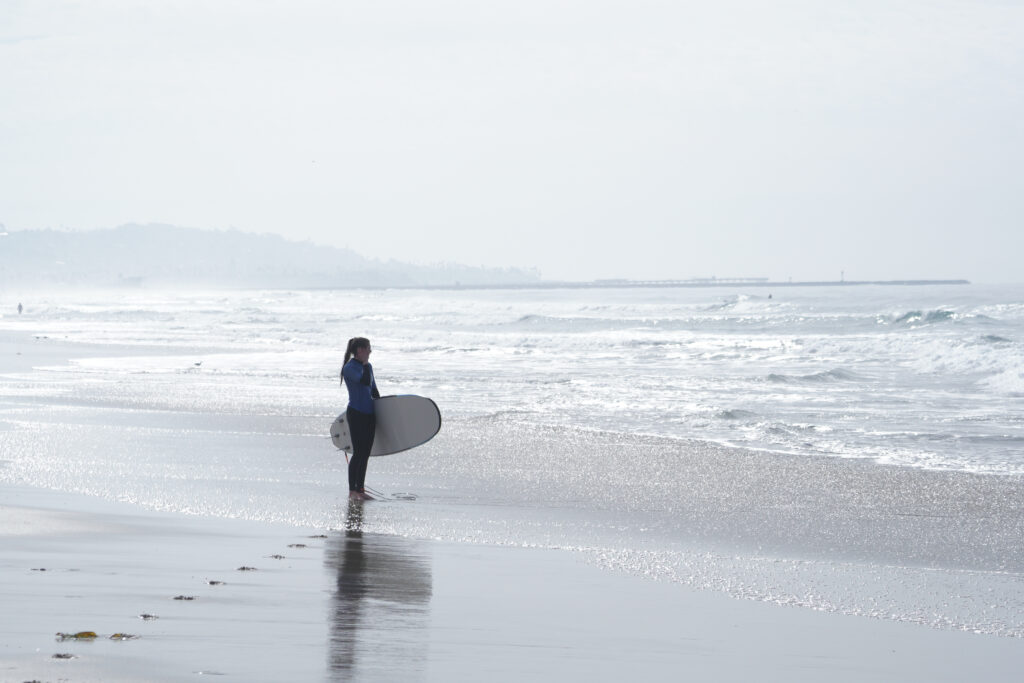
Since then, surf history has constantly evolved, incorporating new techniques, equipment, and approaches. But its deep roots remain unchanged, and many surfers continue to honor the traditions and values passed down by their ancestors. For them, surfing is more than just a sport or a pastime – it is a philosophy of life, a way to connect with nature and with their own essence.
Today, surfing is practiced in every corner of the world, from the sunny beaches of California to the icy shores of Alaska. It attracts people of all ages, backgrounds, and lifestyles, uniting them in a passionate global community. Events like the World Surf League (WSL) Championship Tour celebrate athletic excellence and surf culture, while schools and non-profit organizations work to promote inclusion and sustainability within the sport.
1950s and 60s: The Surf History Revival
The surf history revival during the 1950s and 1960s was a pivotal period in the sport’s history, marked by a series of significant changes that helped solidify modern surfing as we know it today. Among some key points about this period:
- Influence of Cinema: The surf history revival was heavily influenced by cinema. Films like “Gidget” (1959) and “Endless Summer” (1966) helped popularize surfing not just as a sport, but as a lifestyle and a form of escapism. These films captured the public’s imagination and helped create a global demand for surfing and beach culture.
- Evolution of Boards: During this time, there were significant advances in surfboard technology. Solid wood boards were gradually replaced by lighter and more maneuverable models made of materials like fiberglass and polyurethane foam. These new boards allowed surfers to perform more radical maneuvers and explore waves in ways previously unimaginable.
- Pioneering Surfers: Surfers like Greg Noll, Mickey Dora, Dewey Weber, and Hobie Alter played key roles in the surf history revival. They not only drove the evolution of surfboards but also helped popularize the sport through their exceptional skills and charismatic personalities.
- Culture and Lifestyle: The surf history revival extended beyond the sport itself, influencing fashion, music, and youth culture of the time. The surf aesthetic, with its sunny beaches, colorful boards, and casual clothing, became a symbol of freedom and carefree living. Surf music, represented by artists like The Beach Boys and Dick Dale, also played a significant role in spreading surf culture.
Cultural Traditions of Surf
The cultural traditions of surfing encompass diverse practices and values shared and celebrated by the global community of surfers. From ancestral rituals to contemporary customs, these traditions play a fundamental role in the identity and experience of surfing.
In many coastal cultures, surfing is intrinsically linked to myths and legends that venerate the ocean as a divine entity. These narratives not only enrich surf history but also inspire deep respect and reverence for the sea among practitioners.
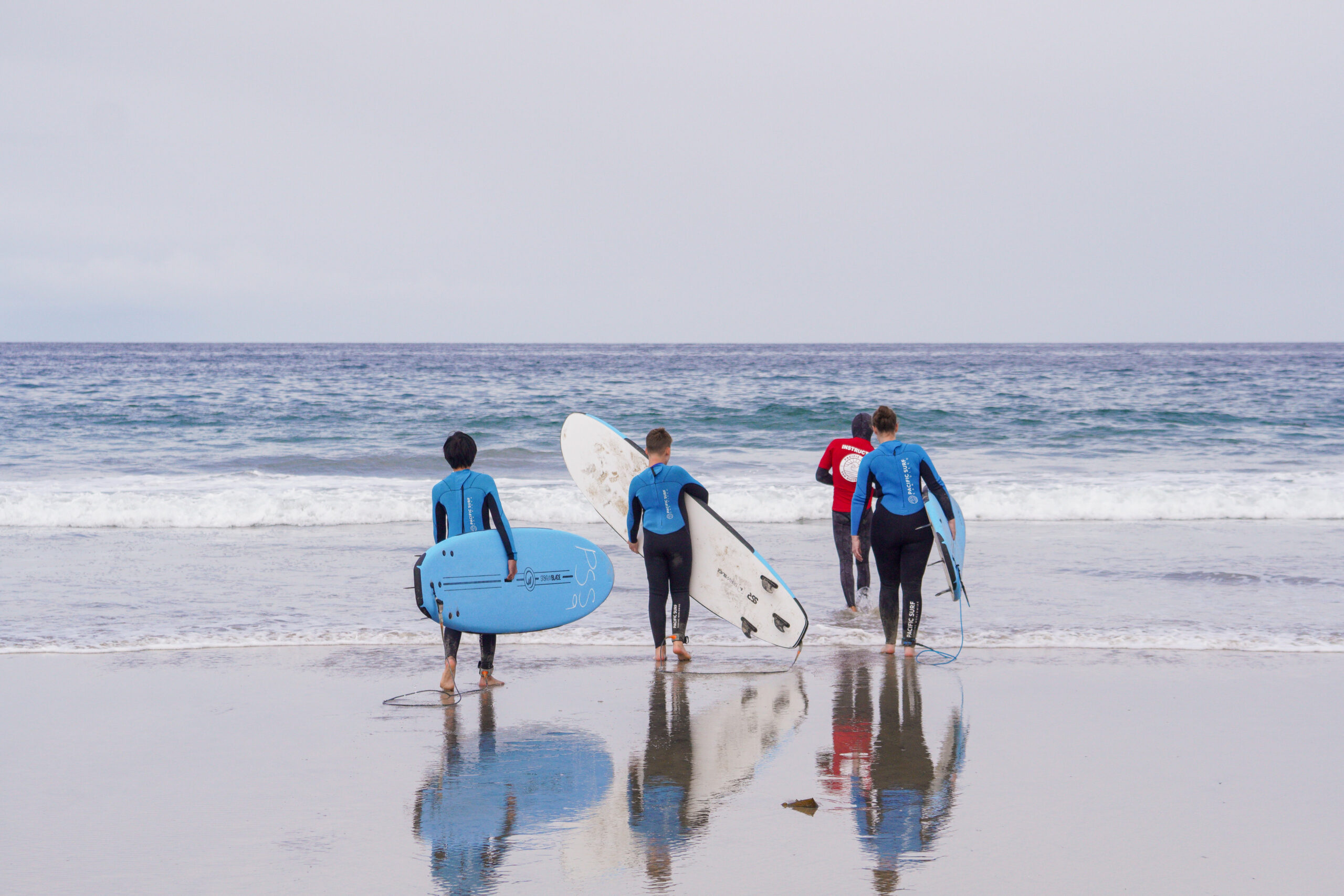
Additionally, surfing is permeated with rituals and ceremonies marking significant moments in a surfer’s life. From blessing the waves before entering the ocean to traditional greetings among surfers after a surf session, these rituals strengthen community bonds and reaffirm the spiritual connection with the ocean.
The cultural traditions of surfing also manifest in forms of artistic expression such as music, dance, and painting. Many coastal communities have a rich musical tradition that reflects the energy and vibe of surfing, while visual artists find inspiration in maritime landscapes and surfboards themselves.
Furthermore, surfing is governed by an informal code of conduct that dictates surfers’ behavior both in and out of the water. Respecting the lineup, not polluting the ocean, and assisting fellow surfers in perilous situations are just some of the fundamental principles of this etiquette.
Ready to dive into the captivating world of surf? Join San Diego Surf Lesson, your gateway to an unforgettable surfing experience!

